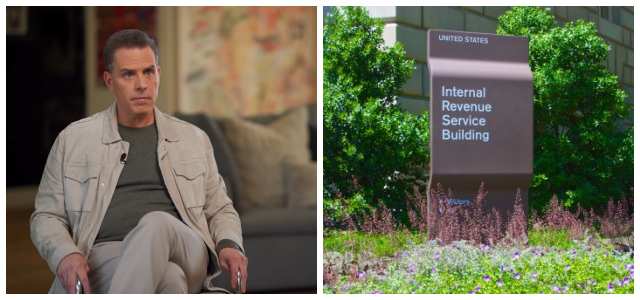
A record 4.3 million workers quit their jobs in August, according to data from the Department of Labor. This wave of mass resignations is caused by expanded unemployment benefits and Wuhan coronavirus (COVID-19) vaccine mandates. Small businesses are expected to bear the brunt of the damage caused by this difficult situation.
According to the Bureau of Labor Statistics, which compiled the data, the quit rate for August jumped to 2.9 percent. This translates to an extra 242,000 workers quitting their jobs. That month's quit rate is the highest in the bureau's data series, which goes all the way back to Dec. 2020.
The quit rate for the previous month was 2.7 percent, which suggests that more and more people are leaving their jobs.
According to the data, around 892,000 of the workers who quit come from the foodservice and accommodation industries. This is followed by 721,000 workers in the retail industry and then by 534,000 workers in healthcare and social assistance.
So-called experts on issues regarding labor and the economy claim that the massive amount of people quitting is a sign that the economy is doing well.
"This really elevated rate of people quitting their job is a sign that workers have lots of confidence and they have relatively stronger bargaining positions than they've had in the past," says Nick Burner, an economist working for employment website Indeed.
"There's a lot of demand, and people are seizing that opportunity and quitting their jobs," he adds.
People don't want to work because of welfare
The reality on the ground is very different. Investment banker, business analyst and commentator Chris Markowski says the record number of people quitting in a month can be attributed to the expanded benefits being paid to unemployed people.
"Nobody wants to work, it's everywhere," says Markowski. "No one has any workers. The government basically started universal basic income when they send child care tax to individuals."
Eric Groves, CEO and co-founder of small business networking and resource website Alignable, says many business owners have willingly accepted that their profit margins are going to shrink for the next few months.
Many businesses in all industries have had to raise pay and spend more on supplies and other raw materials. But the problem is many are still struggling to find workers.
"Wherever labor is the critical element to revenue, it's a challenge," says Groves. "The problem is when you're short-staffed you've got to give your staff a break so you can deliver the level of service you want."
A recent survey conducted by the National Federation of Independent Business (NFIB), America's largest small business association, found that a record 51 percent of small businesses in the country are unable to fill their vacancies.
"It's an incredibly difficult time for those who have open positions to find and attract applicants," says Holly Wade, executive director of the NFIB's research arm. "For many of them, they're not receiving any applications – there are just no resumes coming in right now."
This lack of applications is occurring even though a record 42 percent of small businesses have increased their starting pay and 30 percent say they plan to pay new workers more within the next three months.
Vaccine mandates force people out of work
To add to the strain many businesses are already experiencing, the federal government's COVID-19 vaccine mandates are also forcing a lot of workers out of their jobs, either through getting fired for not being vaccinated or voluntary resignations.
"We are already in an unprecedented labor market right now, and this mandate on private employers adds insult to injury because companies are already facing severe labor shortages," says Rachel Greszler, a research fellow for conservative think tank the Heritage Foundation. (Related: New York hospitals prepare for staffing crisis as vaccination mandate takes effect… thousands of health care workers will now be fired.)
If nothing changes, Wade says the labor shortage will most likely keep hampering America's economic recovery.
"I don't see that this issue eases any time soon," she says. "Small business owners are planning to have to deal with this well into 2022."
Learn more about how many small businesses are going to collapse due to the labor shortage by reading the latest articles at MarketCrash.news.
Sources include:
Please contact us for more information.



















